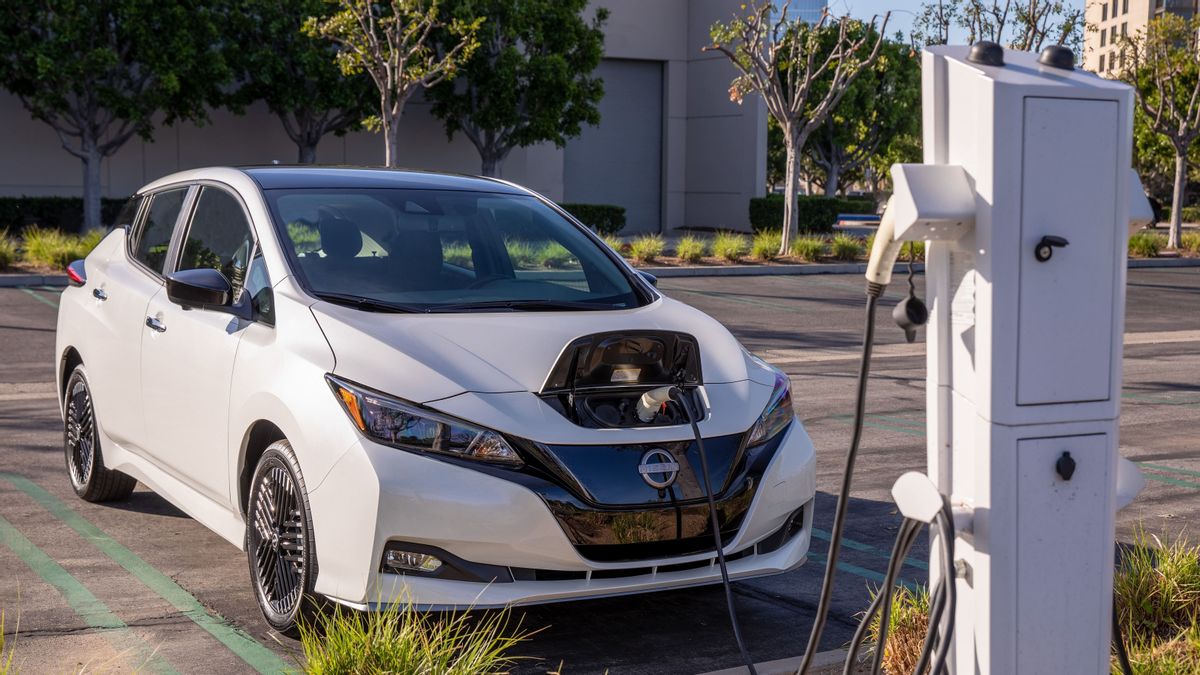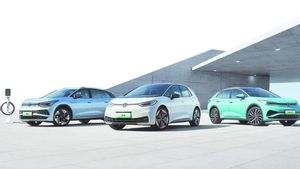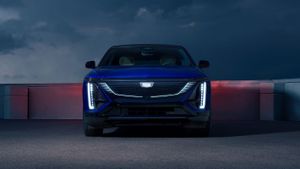JAKARTA - In order to welcome the era of electrification mobility, an important step that must be taken is to ensure the availability of adequate infrastructure to support the needs of electric vehicles (EV). One of the key elements in accelerating this process is the development of a fast charging infrastructure.
Several countries are currently working hard to build this infrastructure as part of preparations for the future. Japan is an example of a country that has shown a serious commitment to building a fast charging infrastructure to support the transition to the EV era.
Japan plans to double production of electric vehicle chargers used in highway service areas, with the aim of shortening charging times and encouraging the spread of electric cars (EVs) and plug-in hybrids.
In a report released by Nikkei Asia, Monday, August 7, Japan's Ministry of Economy, Trade and Industry (METI) plans new steps to regulate new requirements regarding fast charging infrastructure for electric vehicles. But this step is still considered unsatisfactory, why?
In this endeavor, the Ministry plans to increase the production capacity of charging power by more than double the current one in road service areas by 2030. Currently, the average EV charging provider in Japan has a capacity of between 40 kW to 90 kW.
With this aim, the Ministry is trying to encourage the development of charging stations having a capacity of between 80 kW and 180 kW. However, if you look closely at charging with a capacity of 80 kW to 180 kW it is quite surprising considering that several countries have provided charging higher than this.
The ministry will also subsidize costs for operators to switch their chargers to 90 kW although this may not be entirely sufficient to support next-generation EV cars. The guidelines will also make it mandatory to install a charger every 70 kilometers to ensure that electric vehicle batteries don't run out on the road.
Meanwhile, in areas with high traffic, METI also proposes that charging stations have a higher capacity of 150 kW, but this figure is still a matter of debate.
In addition, the charging transaction method will also change. Currently, there are not many accurate ways to measure output volume, so prices are generally based on filling time. As a result, users find it difficult to determine the exact amount of battery charge added.
The latest plan, where charging prices are based not only on charging time, but also on the amount of energy used, measured in kilowatt-hours (kWh), will offer more flexible payment options starting in 2025.
SEE ALSO:
In Europe and the US, for example, fast charging stations are already available with capacities between 250 kW and 350 kW for road use. Even so, this figure can still increase with time and technological developments.
The English, Chinese, Japanese, Arabic, and French versions are automatically generated by the AI. So there may still be inaccuracies in translating, please always see Indonesian as our main language. (system supported by DigitalSiber.id)















